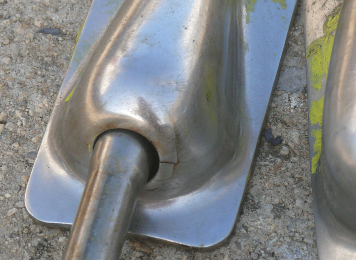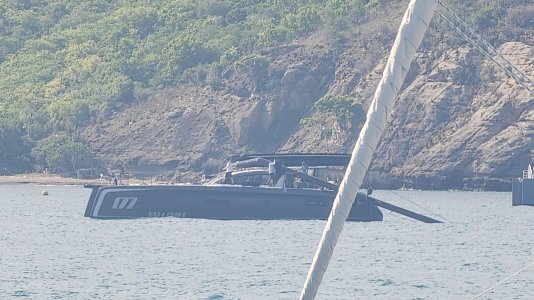srm
Well-Known Member
Agreed.My perfect world is tangs on the mast and staloks throughout.
That was what I had on all my early boats. Then the "cheap and cheerful" ball connector with a curved neck appeared. Surely a straight fitting as with tangs is mechanically stronger in tension than an unnecessary curve.


